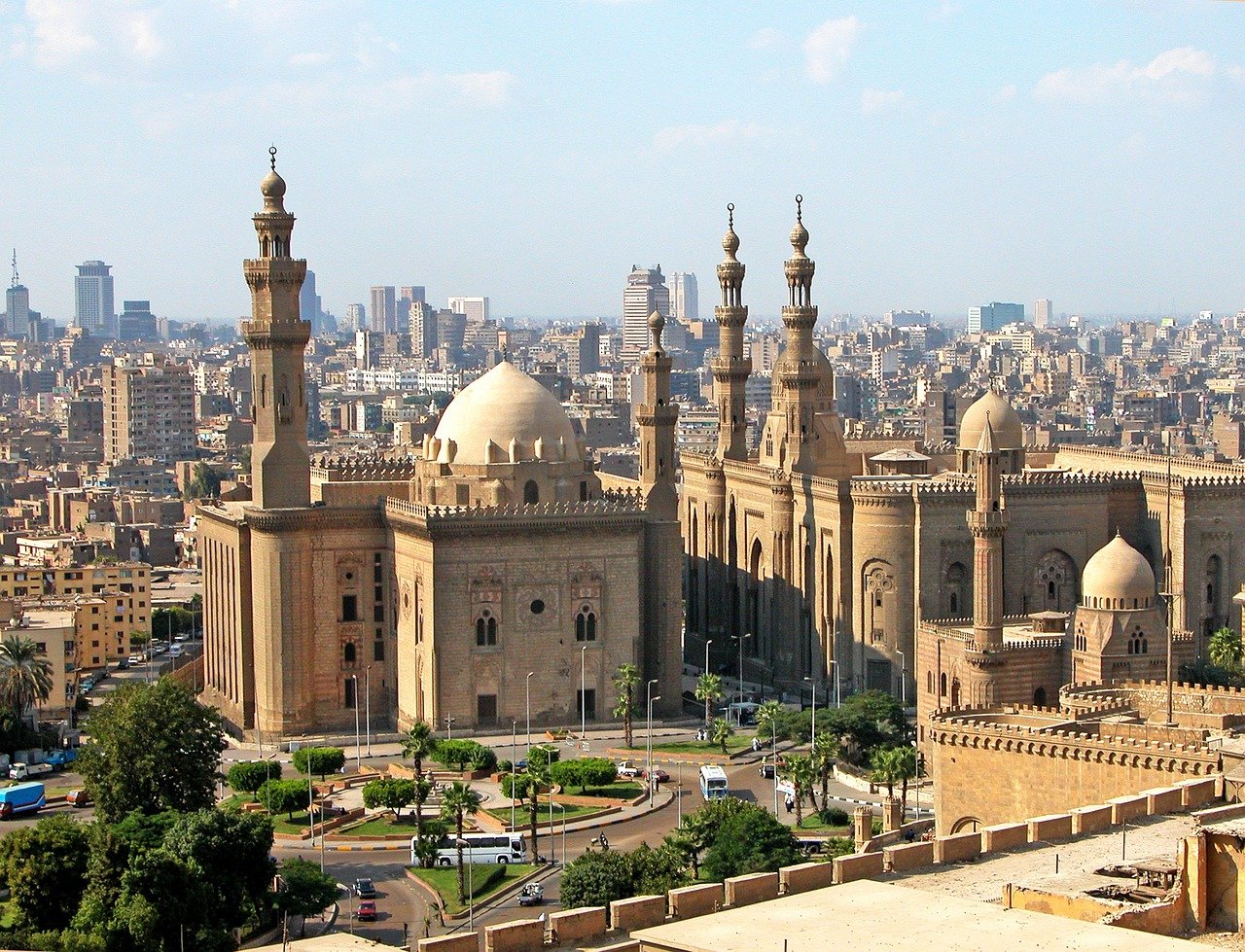Creating a new garden can be a rewarding experience, whether you are starting from scratch or revamping an existing space. However, it can also be overwhelming to decide what features to include in your new garden. To help you get started, here are some of the main features to consider:
- Layout and Design
The first step in creating your new garden is to consider the layout and design. This includes factors such as the size and shape of your garden, the types of plants you want to include, and any existing features that you want to incorporate or work around.
Some popular garden layouts include a formal design with symmetrical patterns, a cottage garden with a mix of flowers and vegetables, or a modern design with clean lines and minimalist features. Consider what type of garden will best suit your personal style and needs.
- Plant Selection
Choosing the right plants for your garden is key to creating a beautiful and functional space. Consider the climate and soil conditions in your area, as well as your personal preferences for colors and textures. Some popular plants to consider include perennials, annuals, shrubs, and trees.
It’s also important to consider the maintenance required for each plant. Some plants require more water or fertilizer than others, while some are more susceptible to pests or diseases. Choose plants that will thrive in your garden with minimal effort on your part.
- Hardscaping
In addition to plants, hardscaping features such as paths, walls, and patios can add structure and interest to your garden. Consider materials such as stone, brick, or concrete for a durable and long-lasting hardscaping feature.
Hardscaping can also provide practical benefits, such as creating a flat surface for seating or dining areas, or adding steps to navigate changes in elevation in your garden.
- Water Features
Water features such as fountains, ponds, or waterfalls can add a calming and tranquil element to your garden. They can also attract wildlife such as birds and butterflies.
When adding a water feature to your garden, consider the size and placement of the feature. A small fountain may be perfect for a small garden, while a larger pond may be more suitable for a larger space.
- Lighting
Outdoor lighting can add both practical and aesthetic benefits to your garden. It can highlight the features of your garden and make it usable after dark.
Consider lighting options such as solar-powered lights, low-voltage lighting, or LED lights. These options are energy-efficient and low-maintenance.
- Edible Garden
An edible garden can provide fresh produce and herbs for your kitchen, as well as add visual interest to your garden. Consider planting vegetables such as tomatoes, lettuce, or peppers, as well as herbs such as basil, parsley, or rosemary.
When planning an edible garden, consider factors such as soil quality, sun exposure, and watering needs. You may also want to consider adding raised beds or containers for easy maintenance.
- Wildlife Habitat
Creating a garden that supports local wildlife such as birds, bees, and butterflies can provide both environmental and visual benefits. Consider planting native plants that are attractive to local wildlife, as well as providing sources of food, water, and shelter.
You can also add features such as birdhouses, nesting boxes, or butterfly feeders to encourage wildlife to visit and thrive in your garden.
In conclusion, creating a new garden can be a fun and rewarding experience, but it’s important to consider the features that will best suit your personal style and needs. By including elements such as layout and design, plant selection, hardscaping, water features, lighting, edible gardens, and wildlife habitats, you can create a beautiful and functional space that you will enjoy for years to come.
Image by Jill Wellington from Pixabay









